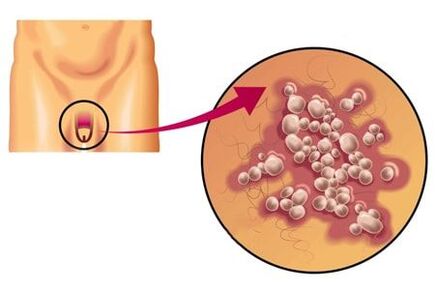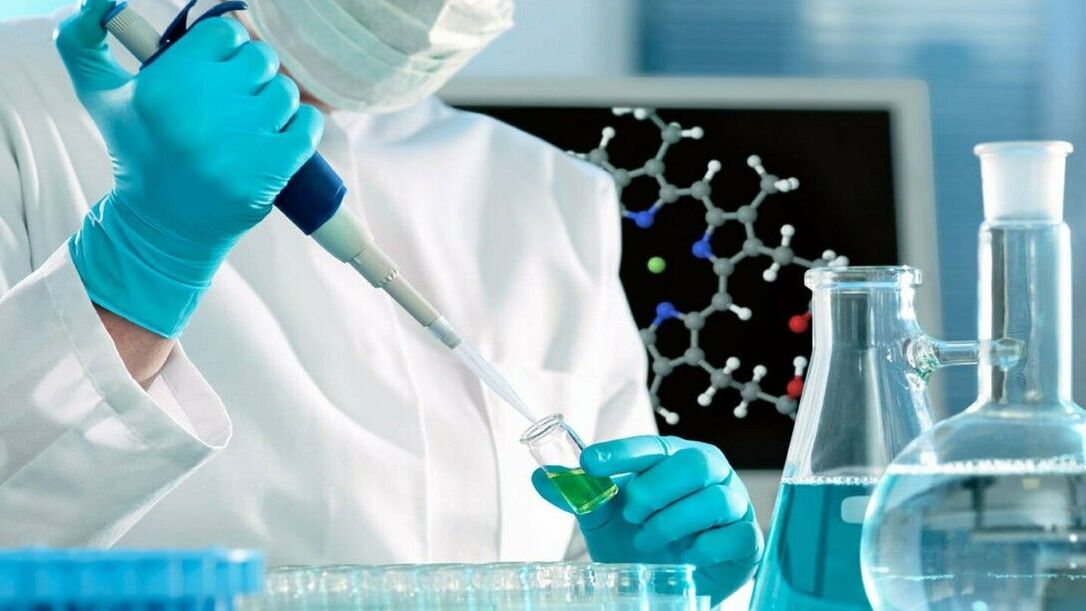Normal or pathological?
pathological secretions
- Mycoplasma
- Ureaplasma urealyticum
- Chlamydia
- herpes
- staphylococcus
- Streptococcus
- Trauma, urethral stricture
- Chemical stimulation
- Mechanical damage to mucosa
- Effects of allergens
- slime
- liquid
- cells from different sources
There is a peculiar smell in the discharge
Bloody discharge in men
- Conduit installation
- catheter removal
- Burkina
- Get a smear test
- Cystoscopy
Blood is discharged together with sperm
- urinary tract disease
- pain during ejaculation
- Lower back discomfort and pain
- Genital pain and/or swelling
- high body temperature
- long term abstinence
- Hypersexuality (rupture of blood vessel walls during intercourse)
- pelvic organ varicose veins
- Testicular and vas deferens stones
- Malignant and benign formations of genitourinary organs
- Biopsy
- genital surgery
Variants of physiological secretions
- Urine- Transparent, straw to golden yellow, almost odorless, containing no flakes or other inclusions;
- Prostate secretsHas a viscous consistency and a white hue, and has the characteristic odor of sperm;
- Ejaculation:Sperm from the ejaculatory ducts mix with secretions from the urethral glands, bulbourethral glands, and prostate to form a gray-white color with a mucus consistency;
- fresh smegmaIt looks like a thick white lubricant from the foreskin gland; it may turn yellow or green over time.
pathological secretions
In men, the causes of penile discharge can be sexually transmitted diseases, tumors, non-specific inflammation of the genitourinary organs, various injuries, medical procedures or surgeries.
- By quantity (too much or too little, maybe just the right amount);
- By color and transparency (from white to yellow-green, cloudy);
- Impurities (blood, pus, mucus clumps);
- Consistency (very runny or too thick and sticky);
- By smell (sour, rancid, fishy);
- According to frequency of occurrence (depending on time of day, continuous or intermittent discharge);
- Related to urination, sexual arousal, alcohol consumption, and spicy food.
Penile discharge associated with STDs


With sexually transmitted diseases, co-infections in which multiple pathogens combine simultaneously are often observed. Gonorrhea is associated with chlamydiasis, mycoplasmosis and ureaplasmosis, and usually occurs in "pairs". Symptoms of these disorders differ from the typical presentation; urethral discharge may also present completely different characteristics. Therefore, for the final diagnosis, modern analytical techniques with high reliability are used instead of the characteristics of the secretions.
Nonspecific (non-STD) inflammation
Secretions not related to inflammation

Examination process for the presence of pathological discharge from the penis

- Examine the perineum, penis, foreskin, and glans.The purpose is to identify deformations of the reproductive organs, traces of injury, external signs of inflammation, discharge, rashes, etc. Sometimes obvious traces of discharge can be seen on the underwear.
- Palpate the inguinal lymph nodes and assess their condition:size, whether it is hotter or cooler than surrounding tissue, whether it is painful, soft or dense, moves or merges with the skin, and whether it is ulcerated.
- digital prostate examination;Massage the prostate through the rectum and obtain secretions for microscopic examination. Do not urinate 1-2 hours before massage. In prostatic adenomas, the gland lobes are approximately equally enlarged and can be palpated as dense bands. Uneven growth and its consistency are typical of malignant tumors; clotted blood may be released from the urethra when the prostate is palpated.
- Materials - for use in microscopy.When examined under a microscope, the stained smear may reveal blood cells, epithelium, sperm, fatty inclusions, and some pathogens (E. coli, gonococci, Gardnerella, yeast).increased white blood cell countCharacteristics of acute urethritis or exacerbation of chronic inflammation,eosinophils– For allergic urethritis.red blood cellsSeen in severe inflammation, tumors, genitourinary organ damage, and urolithiasis.Massive epithelium– Signs of chronic urethritis, urethral leukoplakia. When nocturnal emissions are found in a smearsperm, with urethral leakage –slime, simpler-lipid particles.
- General clinical blood tests,blood for sugar- In the morning, on an empty stomach.Detailed urinalysis(morning part, immediately after bed).
- Ultrasonography of the prostate, bladder, and kidneys; CT and urography.
important:
- Penile discharge is only a symptom and should not be used as a guide to diagnosis.
- UnacceptableIndependently prescribed medicines. Medications, even if the symptoms seem obvious for a particular disease.

Normal amount of mucus
Some representatives of the stronger sex are physiologically unable to secrete lubricants. Failure to pre-ejaculate during an erection reduces the ability to conceive.

signs of deviation from the norm
| type | describe |
|---|---|
| nocturnal emission | Random leakage of sperm without orgasm. The cause of this process is a decrease in muscle tone of the vas deferens. Pathology due to chronic inflammation |
| Bleeding | Drain the lubricant mixed with blood. Urethral mucosal damage occurs |
| Leukocyte urethral leakage | The exudative phase of the inflammatory process, caused by thermal, mechanical, chemical, or viral damage to the urethral mucosa |
| Mucopurulent | They consist of small amounts of white blood cells, serous fluid, and glandular secretions. This mucus is characterized by active formation at night. A man noticed pus discharge and yellow spots on his underwear in the morning. Mucopurulent discharge occurs when the urethra is damaged by bacteria: Trichomonas, Ureaplasma, Chlamydia |
| Purulent | They include large numbers of leukocytes, urothelium, mucus, and serous fluid. They have a thick consistency and an unpleasant odor. They appear as yellow or green droplets. Evidence for the development of gonococcal urethritis, which develops in the context of chlamydia and gonorrhea |

Causes of pathological discharge
sexually transmitted diseases
What changes indicate illness
- Change in color of the fluid - it may be gray, tinged with green or yellow (indicating the presence of purulent contents).
- Blood impurities.
- partly cloudy.
- Cheese-like consistency.
- Bad musty smell.
- Lower abdominal pain.
- Frequent need to go to the toilet.
- hot.
- Congestion of the skin area.
- Purulent discharge from the urethra at rest (without sexual arousal).
- Congestion of external reproductive organs.
- Itching in the penis and scrotum.
- Swelling of lower limbs.
Some sperm are found in the pre-ejaculate, which makes conception possible. Therefore, if couples are not trying to get pregnant, they should take birth control pills or otherwise protect themselves not only during intercourse but also during foreplay.

























